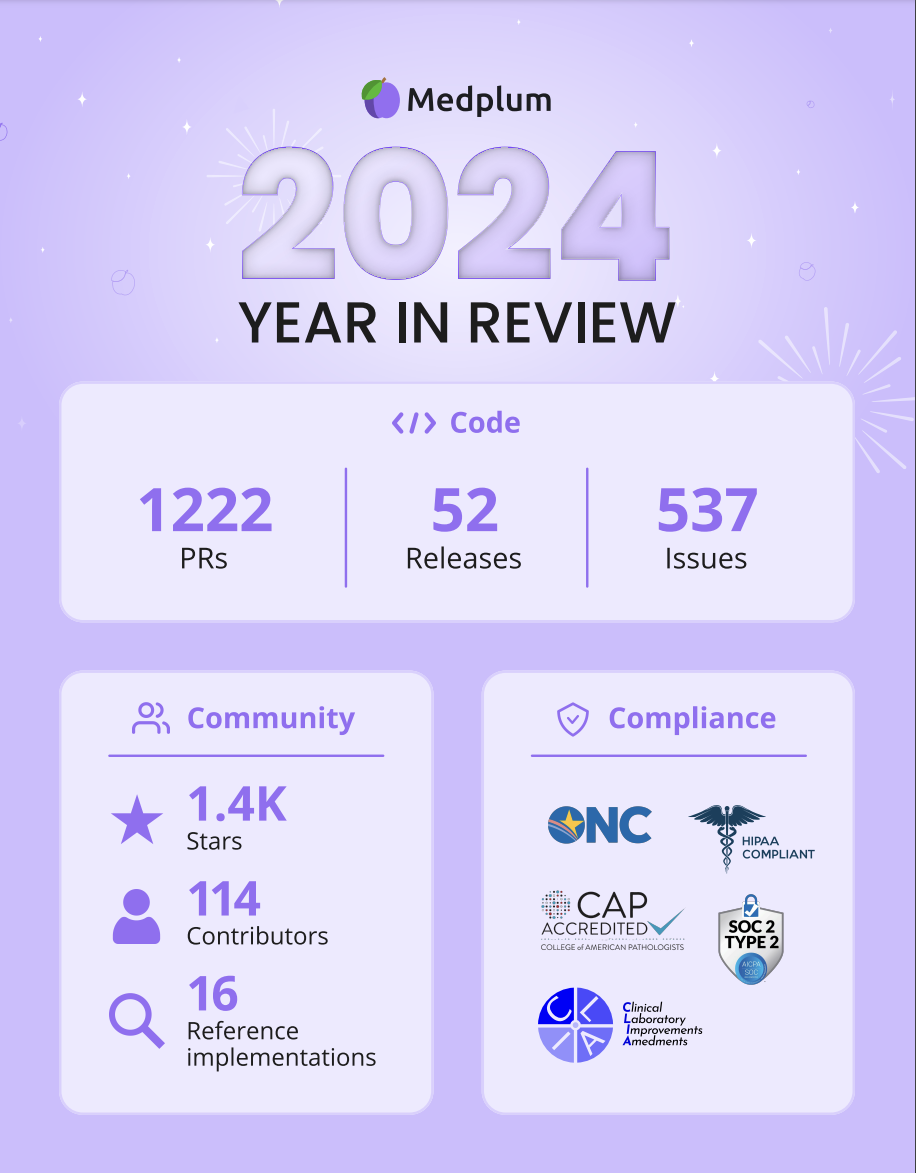Medplum v4.0.0 Upgrade Notice
We've heard many success stories from enthusiastic early adopters who have smoothly upgraded to v4. Thank you all for your support and your feedback in this process!
However, we've identified an issue affecting some Medplum deployments that are configured to automatically pull the :latest Docker tag. With our recent release of Medplum 4.0.0, these deployments may be caught in a failing deployment loop. This post explains why this is happening and how to resolve it.





